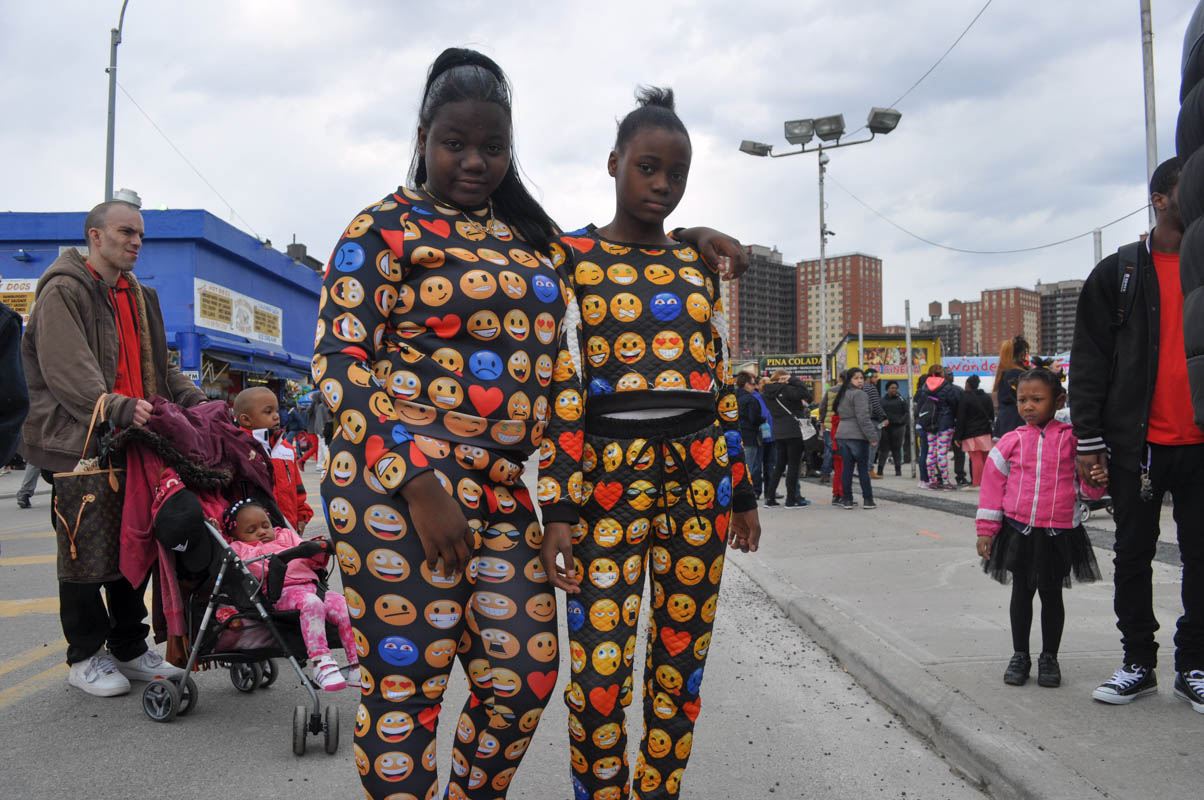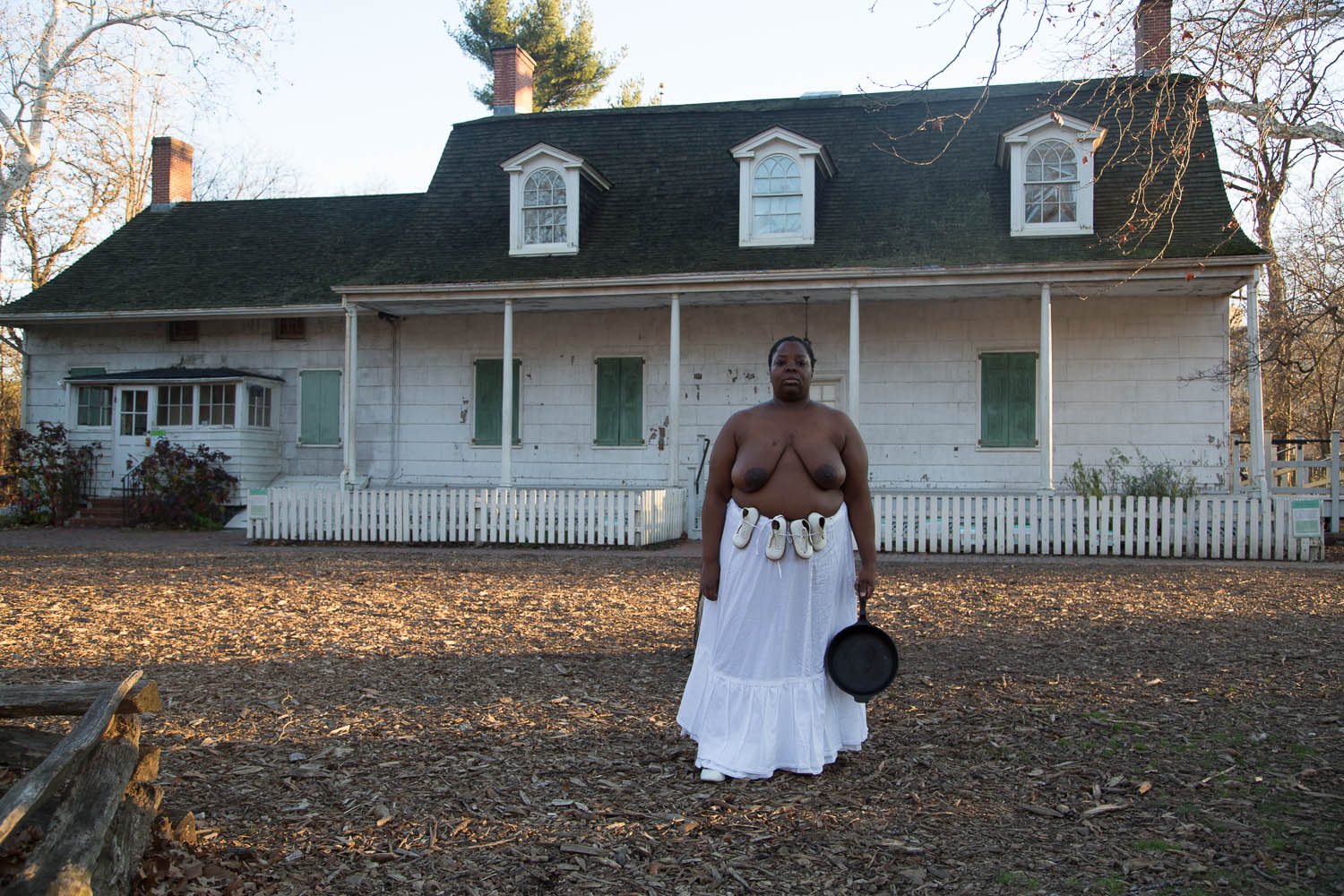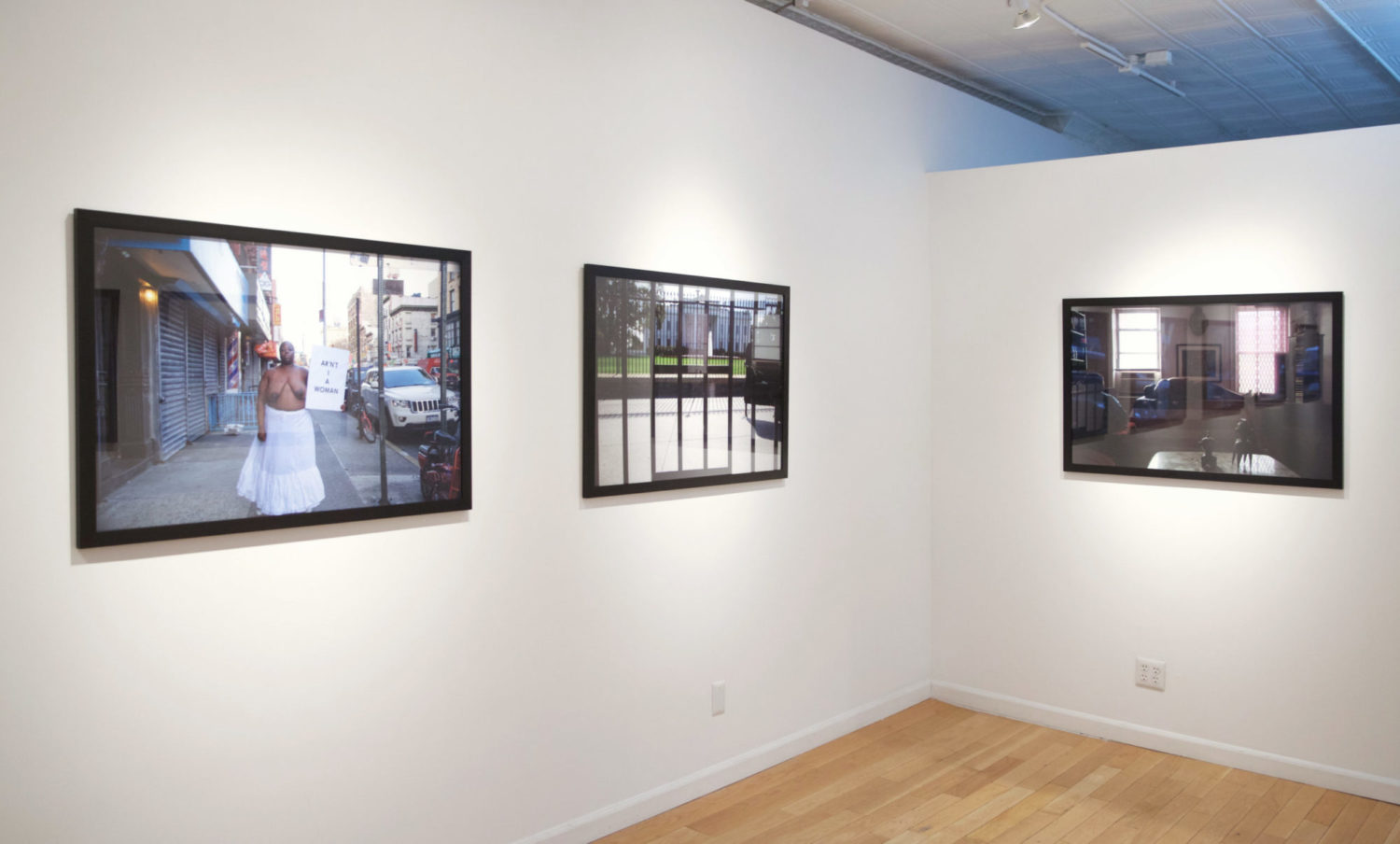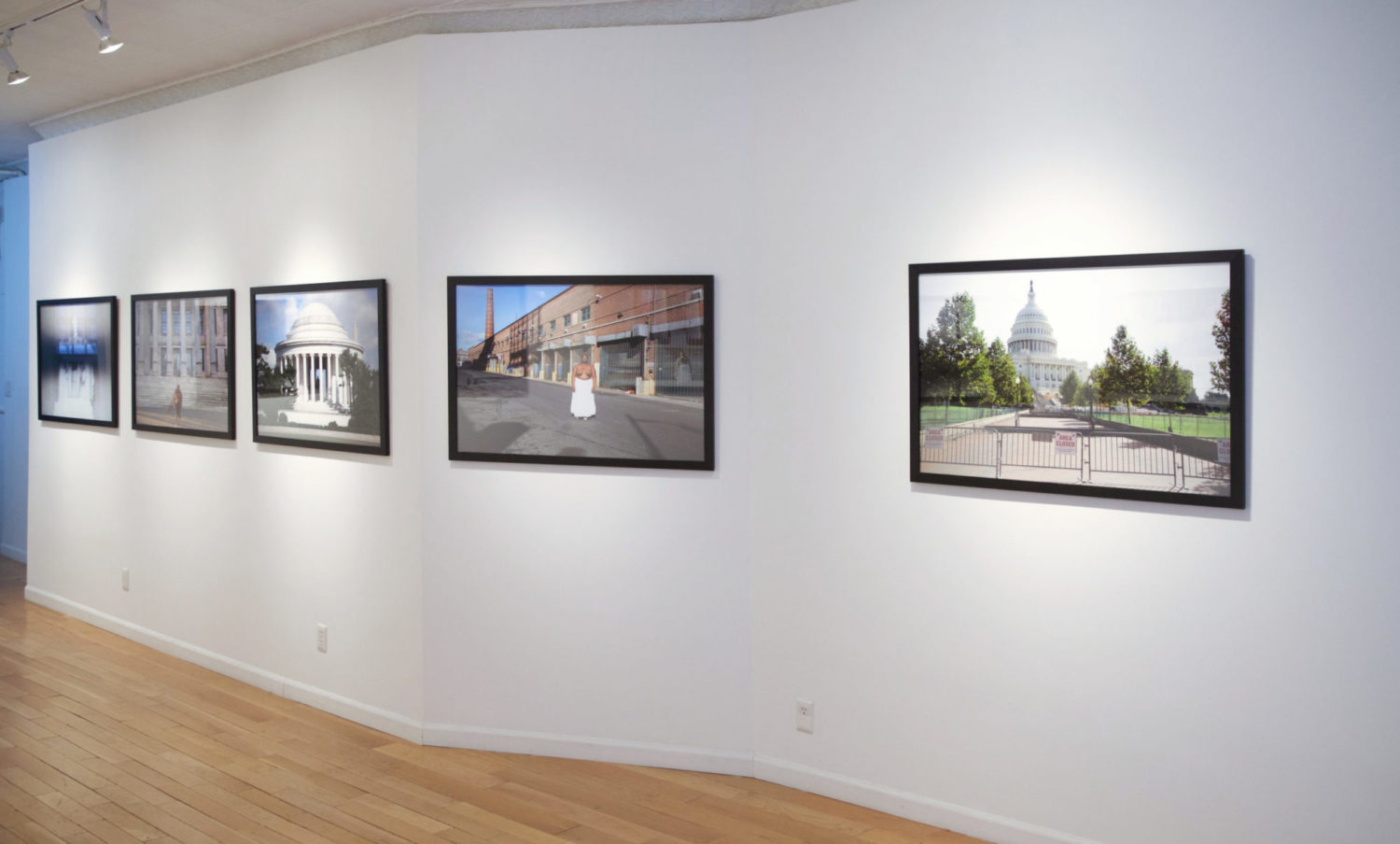Alumni
Baxter St at CCNY has long been a catalyst for innovative creation within the artistic mediums of photography and video practices. Ranging from exhibitions, residency programs, and partnerships, our core mission is to support and activate a vibrant community deeply engaged in the art of lens-based contemporary practices. Take a look at the wide breadth of alumni that are a part of our wonderful and ever-expanding community.
ARTISTS
Nona Faustine
Baxter St. Residency (2016)
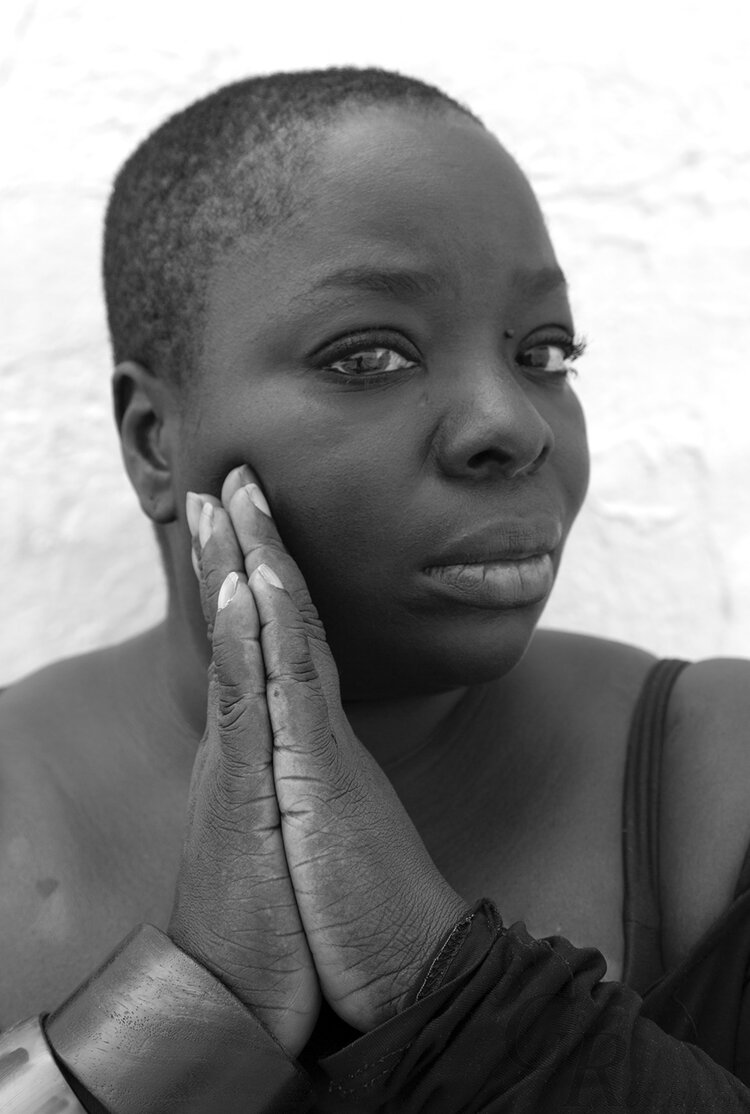
ARTISTS
Nona Faustine
Baxter St. Residency (2016)
Nona Faustine is a photographer born and raised in Brooklyn, NY. She is a graduate of The School of Visual Arts. In 2013 she attained her MFA, from The International Center of Photography at Bard College. The heart of her work speaks to what it means to be a woman in the 21st century. Nona’s practice focuses on history and folklore, with a concentrated interest in gender, and identity politics. Captivated by two enslaved women from the 19th century one in Paris and the other in the antebellum South lay the foundation for her current inspiration upon which Nona has based her current body of work. “White Shoes”, are self-portrait nudes taken in and around the places of New York’s 300 year history of slavery. Nona was selected by Curator, Charlotte Cotton, as 2014 Honorable Mention in the Camera Club of New York Competition.
Situated inside a photographic tradition while questioning the culture that bred that tradition, my practice walks the line between the past and the present. My work starts where intersecting identities meet history. Examining photographs of enslaved black women from the 19th century. Daguerreotypes of slaves commissioned in 1850 by the naturalist Louis Agazzi and executed by J.T. Zealy. I became deeply involved in research about the pseudo science of phrenology. Armed with the intention to return to the fundamental questions of race and history, self-portraiture allows me to respond to those images of people who were put on display as examples of inferiority.
In the series “White Shoes”, I quietly yet defiantly photograph myself at locations that refer to the largely unknown slave past of New York City. Wearing nothing but symbolic white pumps. I documented my own body in places where the history becomes tangible. Acting like a conduit or receptor, in both protest and solidarity, with people whose names have been forgotten and whose contributions remain unacknowledged. For a few moments I am at the curtain time between the past and present. The resulting images are both historical and anti-historical, as they pose questions to which the answers have been violently denied.
Whose bodies matter and why? Coming out of that history how do I see myself? How do you make interpretations of your world with what you’ve been give? What does a black body look like today on display in the places where slavery existed? How to wrestle the power back, over our image? Can we ever do that? The fragility of the body, comprised of blood, skin and bone, juxtaposed against the hard cold, concrete, steel and glass of the city. The land holds the memory of man.
The images function as memorials that I make myself, one at a time with my body. The naked truth of its blackness braced against a cold city, reconstructing a narrative where the enslaved have dignity and is not afraid.

